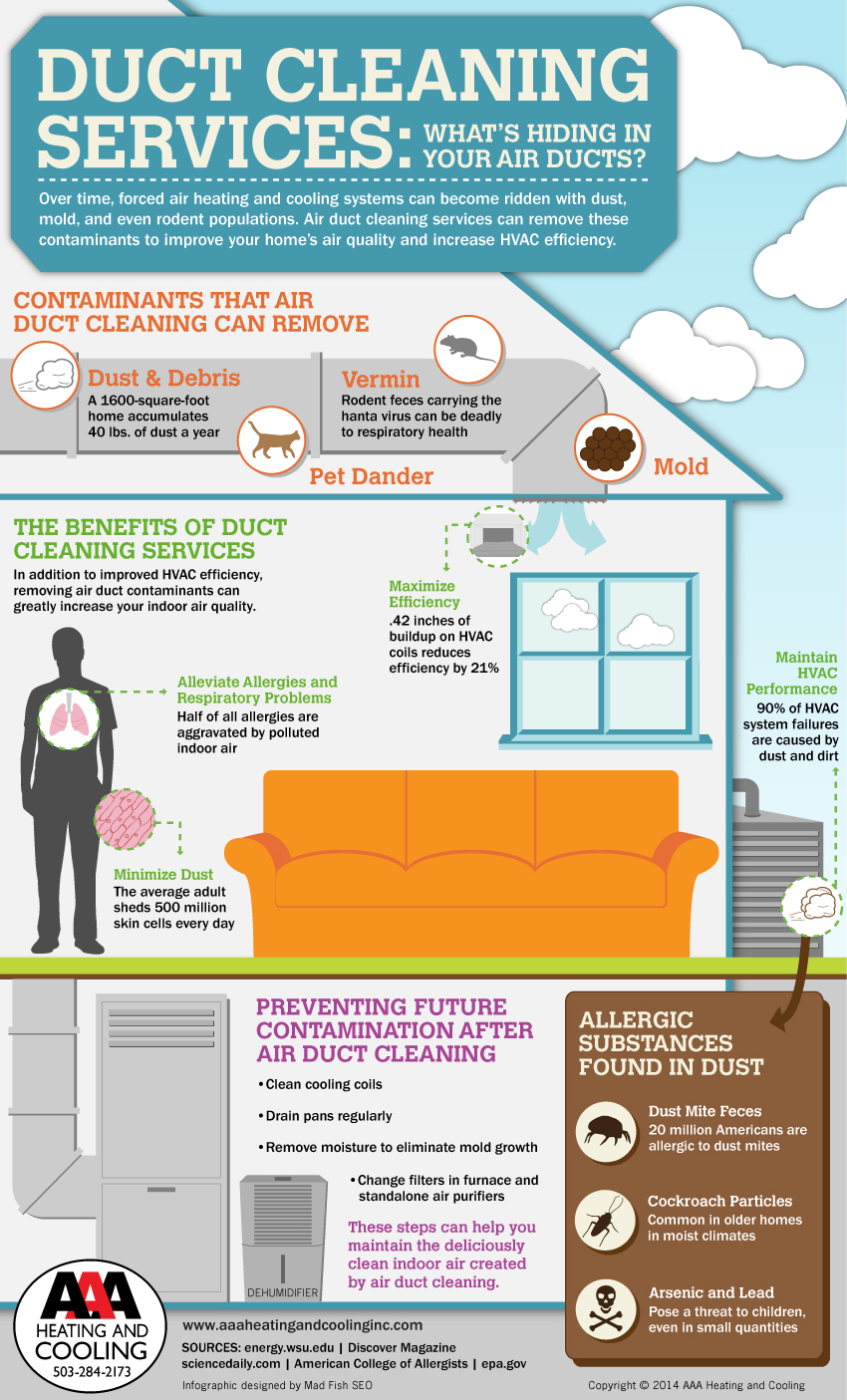Understand Just How To Optimize The Efficiency And Sturdiness Of Your Heat Pump System By Sidestepping Frequent Setup Pitfalls
Understand Just How To Optimize The Efficiency And Sturdiness Of Your Heat Pump System By Sidestepping Frequent Setup Pitfalls
Blog Article
Material Author-Parrish Cassidy
When setting up a heatpump, you should steer clear of common mistakes that can jeopardize its effectiveness. Forgeting correct sizing might bring about inadequacies and greater energy expenses. Ignoring insulation and sealing might cause power wastage and strain on the unit. Furthermore, positioning the exterior unit improperly might impact its performance. By preventing heating and air conditioning units , you can ensure optimum working and toughness of your heat pump system.
Improper Sizing of Heatpump
When it concerns the installment of heatpump, among one of the most typical errors is improperly sizing the device for your space. Making https://www.contractingbusiness.com/commercial-hvac/article/20870036/planned-hvac-maintenance-a-meaningful-resolution is crucial for optimum performance. If the heatpump is as well tiny, it will certainly battle to heat or cool your room successfully, resulting in increased energy costs and prospective deterioration on the device.
On the other hand, if the heat pump is also large, it will cycle on and off often, creating temperature changes and minimizing its lifespan.
To prevent this blunder, it's important to have a specialist analyze your room and advise the proper dimension of the heatpump based upon variables like square video, insulation, ceiling height, and local environment. By investing the time and effort to make sure the appropriate sizing, you can take pleasure in a comfortable setting while making the most of energy efficiency and prolonging the life-span of your heatpump.
Inadequate Insulation and Sealing
To ensure the efficient procedure of your heat pump, it's crucial to deal with poor insulation and sealing in your space. Proper insulation helps maintain a constant temperature indoors, lowering the work on your heatpump. Inadequate insulation can lead to energy loss, making your heat pump job harder and less successfully.
Securing any type of spaces or leaks in your space is equally crucial. These gaps permit conditioned air to run away and exterior air to seep in, requiring your heatpump to make up for the temperature fluctuations.
Incorrect Placement of Outdoor System
Resolving the placement of your heatpump's exterior device is essential to maximizing its performance. Setting up the outdoor unit in an inaccurate place can bring about effectiveness concerns and possible damage to the system.
One common mistake to prevent is putting the outside unit as well close to a wall or other frameworks. This can restrict airflow, causing the device to work more challenging to warm or cool your room, eventually lowering its efficiency and life-span.
An additional mistake to steer clear of is placing the outdoor device in straight sunshine. While some sunlight is unavoidable, extreme direct exposure can lead to overheating, specifically throughout hot summertime days. It's best to place the outdoor device in a shaded area to assist maintain its optimal operating temperature level.
Moreover, make sure that the outside system is put on a stable and degree surface area. Irregular ground can create vibrations and unneeded stress on the unit, affecting its performance gradually.
Conclusion
To conclude, avoiding typical errors throughout heat pump installation is important for making the most of efficiency and durability of your system. By making certain proper sizing, sufficient insulation, sealing, and appropriate positioning of the exterior device, you can protect against issues such as inadequacies, enhanced energy costs, and strain on the unit. Putting in the time to resolve these essential factors will eventually save you time and money in the long run.
